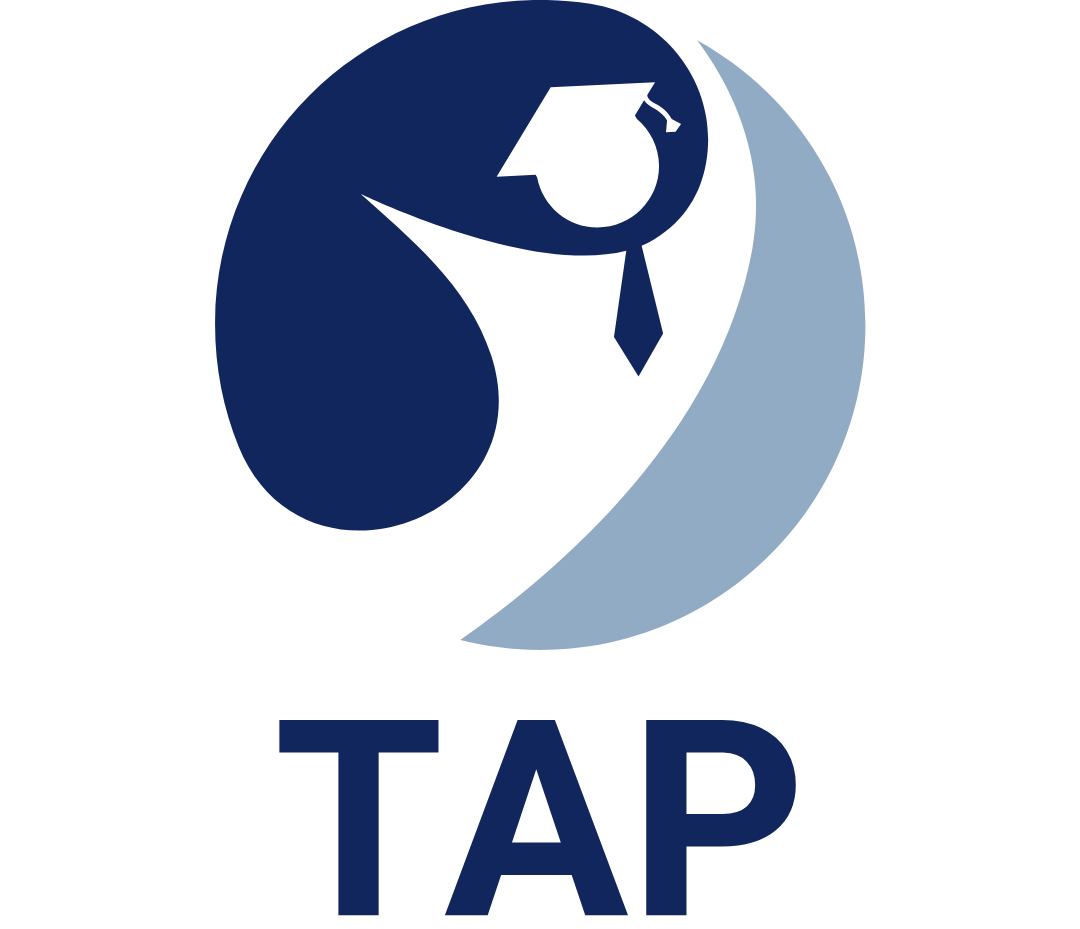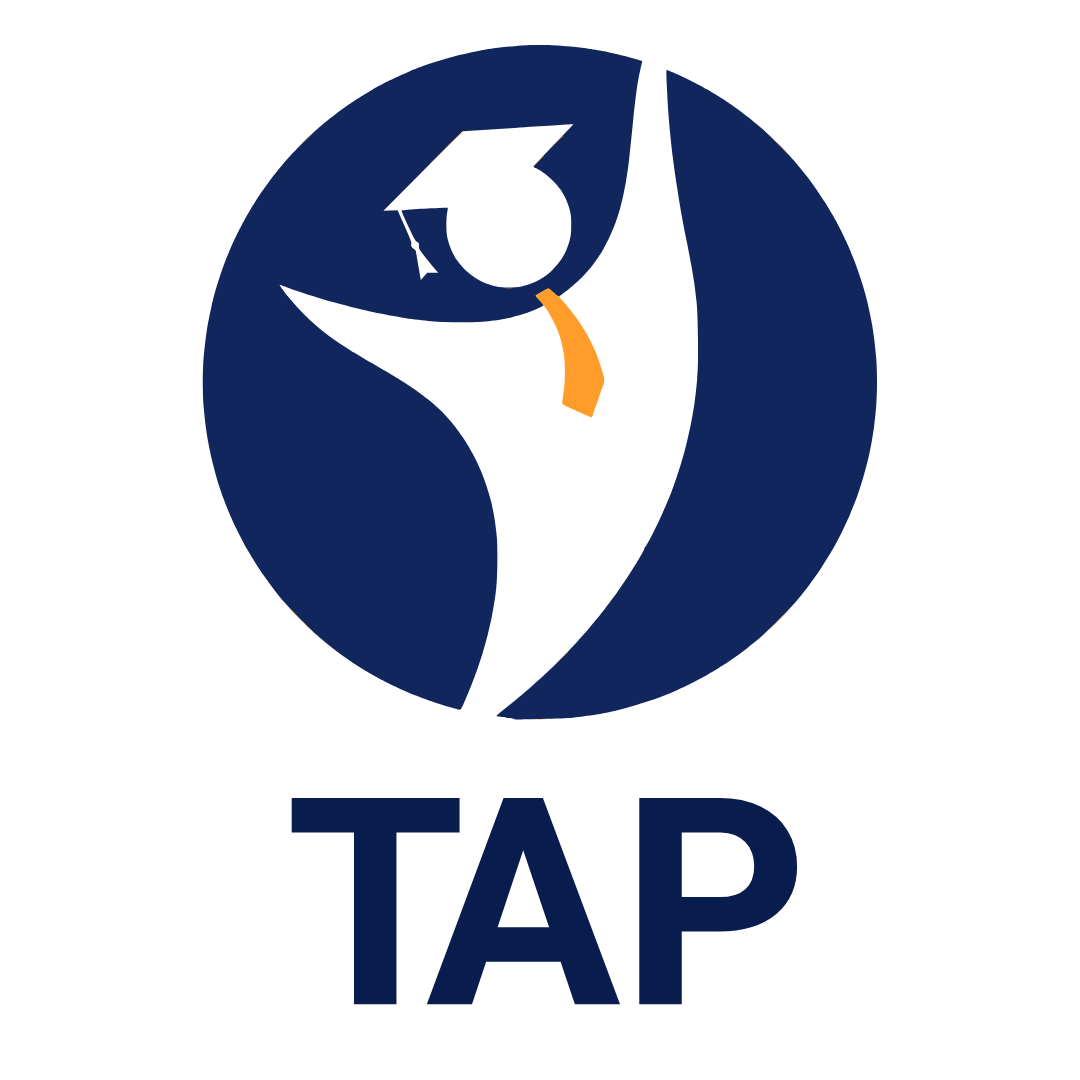Good financial planning matters now more than ever. However, many people still skip simple steps that protect their money. Thankfully, this course shares proven methods that build strong daily habits. First, plan income clearly, and then match it to real, everyday needs. Next, save small amounts often, and in doing so, build long-term stability. Also, spend wisely by setting clear limits on all daily costs.
Alongside this, use simple tools to track spending quickly and stay alert. In addition, review financial goals each week, and as a result, stay on course. Furthermore, create saving habits that support both short- and long-term goals. At the same time, break large expenses into steps to handle them calmly. Moreover, set smart priorities when extra costs appear and adjust quickly. Consequently, daily needs are met with ease, and future goals stay within reach.


